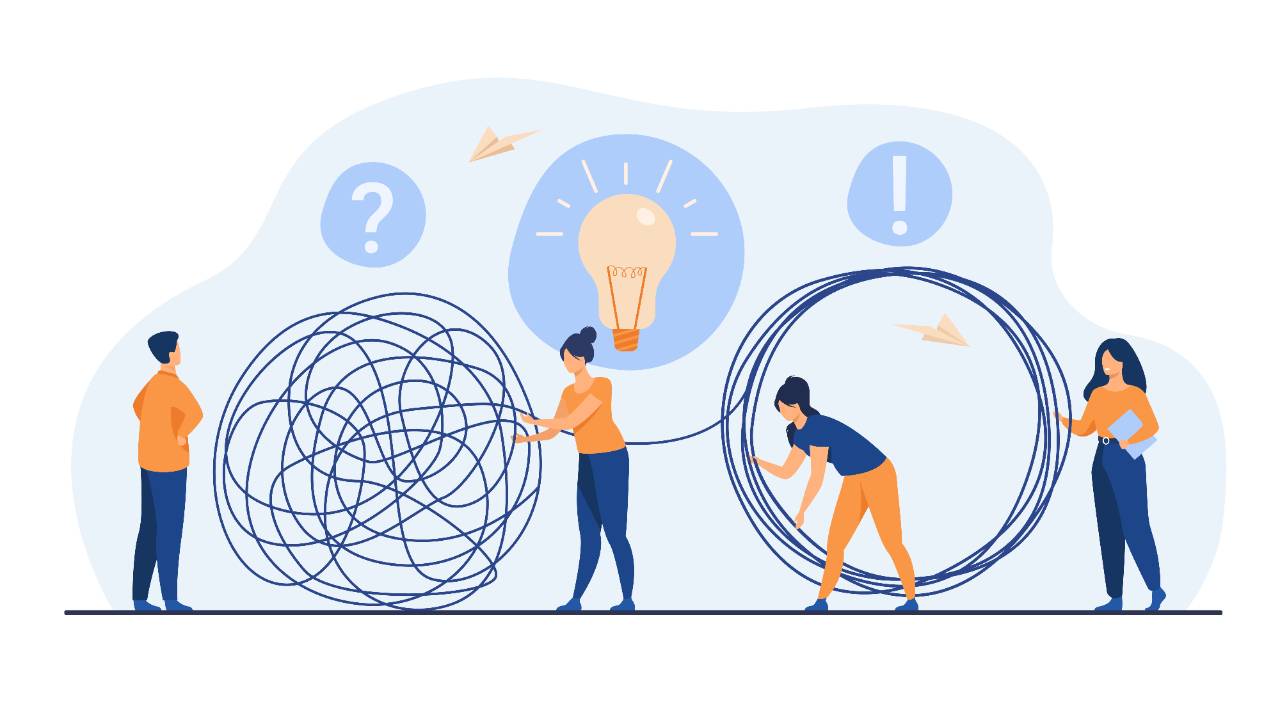
The GHOST BUST Framework: Unravel – Exploring the World Through Learning
In the previous blog post, we introduced the BUST phase of the GHOST BUST framework and focused on Brainstorming—a process that fosters creativity, teamwork, and problem-solving through extracurricular activities and challenges. Today, we’ll dive into the next element: Unravel, an approach that encourages students to use their academic knowledge as tools to explore and make sense of the world around them.
The Unravel element isn’t about memorizing facts for exams; it’s about breaking down real-world phenomena using the concepts students have learned. This approach deepens understanding, makes education more relevant, and fosters curiosity that extends well beyond the classroom.
Unravel: Turning Knowledge into a Lens for Exploration
The Unravel approach empowers students to see the world through the lens of their newfound knowledge. Instead of treating concepts as isolated ideas to be learned for tests, students are encouraged to use them to explore the world in a deeper and more meaningful way. This transformation happens when teachers introduce challenges that invite students to investigate everyday phenomena, making their learning tangible and relatable.
By unraveling real-world problems with academic tools, students gain:
- Curiosity: They develop an eagerness to explore beyond the syllabus.
- Confidence: They feel pride in applying what they know to explain complex ideas.
- Relevance: They see the value of what they’re learning in the context of their daily lives.
Practical Examples of the Unravel Approach
Here are a few ways the Unravel element can bring concepts to life:
-
Energy and Power in Physics
After learning about energy and power, students could analyze their household energy consumption. They might study their monthly energy bills, identify key metrics like kilowatt-hours used, and compare the power consumption of various appliances. This activity not only reinforces classroom concepts but also promotes energy awareness. -
Rates of Change in Mathematics
When studying rates of change, students might explore why low inflation doesn’t necessarily mean prices are falling. This challenge could involve interpreting inflation rates and understanding how gradual increases impact real-life costs over time. -
Optics in Physics
After learning about lenses and refraction, students could investigate how glasses correct vision by measuring the focal lengths of their lenses. They might even compare the effects of different lens prescriptions. -
Geometry in Mathematics
Students could analyze the shapes and volumes of everyday objects, such as water bottles or containers, to optimize storage space. This exercise connects geometric principles to practical problem-solving. -
Forces and Motion in Physics
After studying forces and motion, students could explore how forensic police use skid marks to calculate the speed of vehicles during accidents. This involves applying equations of motion and friction principles to real-world scenarios, connecting theoretical knowledge to practical and impactful applications.
These short, illustrative examples show how the Unravel approach brings relevance to classroom learning, making concepts not just tools for exams but instruments for understanding the world.
The Power of Unraveling
The Unravel approach does more than reinforce knowledge—it transforms it into a tool for lifelong exploration. When students use what they’ve learned to break down real-world problems, they begin to see education as a gateway to understanding the complexities of their environment. This perspective encourages them to:
- Ask deeper questions about how and why things work.
- Approach learning as a continuous journey, not a finite task.
- Develop a genuine appreciation for the subjects they study.
By unravelling the world through their knowledge, students gain not only academic skills but also a lasting curiosity that drives personal and professional growth.
Building Toward Lifelong Learning
The Unravel element is a crucial part of the BUST framework, working alongside Brainstorm, Simplify, and Teach to ensure that knowledge becomes a permanent and useful part of a student’s life. In the next blog post, we’ll explore the Simplify element, where students learn to break down complex ideas into accessible insights, both for themselves and others.

